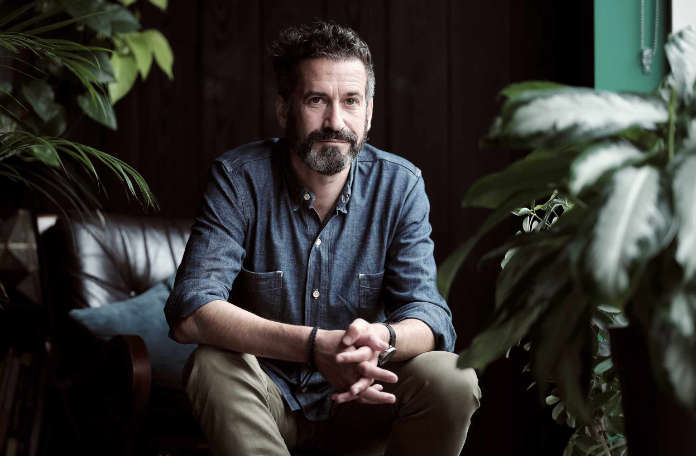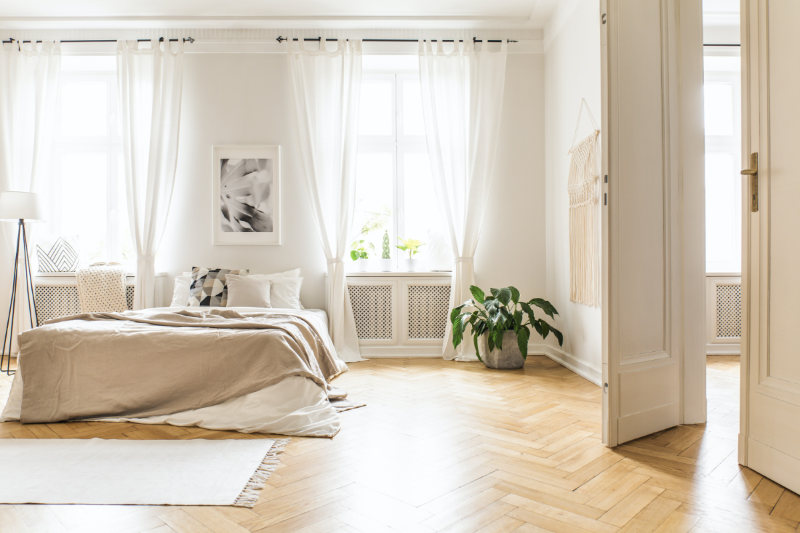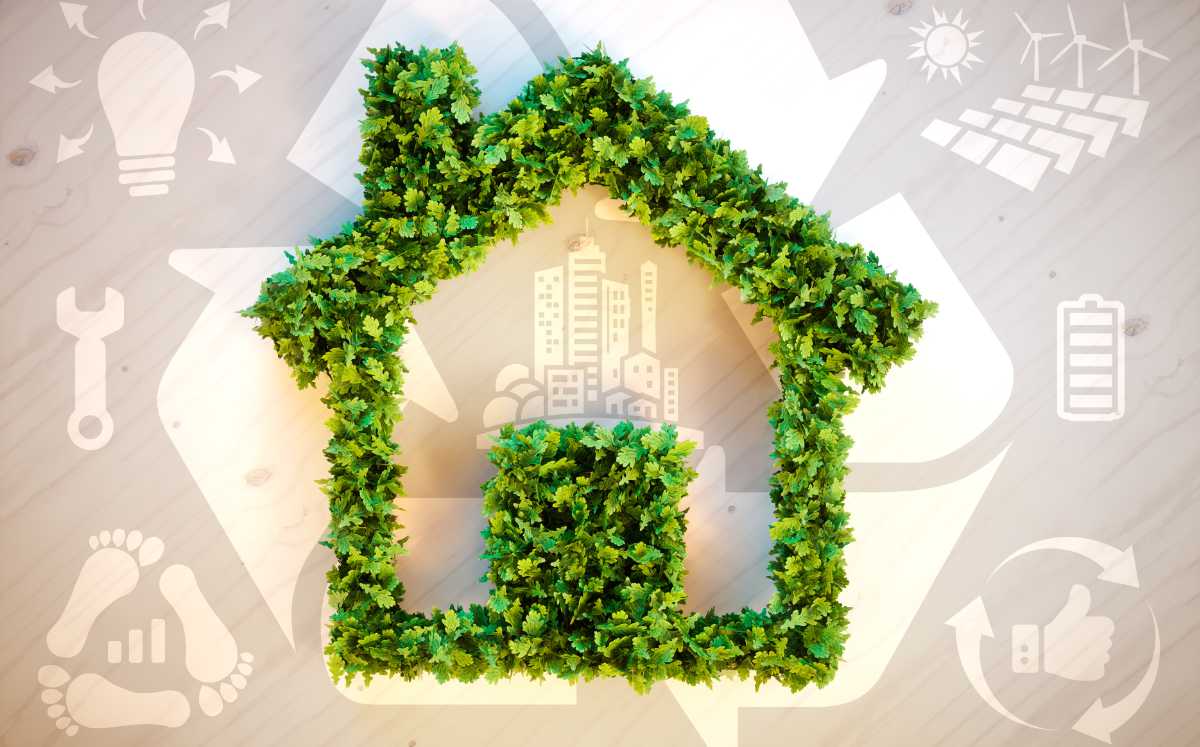Sustainability is at the top of the global agenda right now, and it’s up to each and every one of us to take climate change seriously. And we are. The tides are finally starting to turn, with young people in particular leading the way.
“Durability and longevity are quickly becoming significant considerations when making purchases for our homes”, Oliver said in regard to a new piece of research by @heals_furniture which found that more Brits are splurging on sustainability: https://t.co/6YYtYOZOKZ pic.twitter.com/miF5eqzC1U
— Oliver Heath Design (@Oliver_Heath) September 29, 2021
New research from furniture retailer Heal’s reveals Brits are willing to spend £600 more on a piece of furniture if it’s sustainable – which makes sense, as it will last, has great re-sale value, and means we’re supporting companies and craftspeople who put our planet first.
We need to move away from throwaway culture – something sustainable architectural and interior designer Oliver Heath is hugely supportive of. “It’s interesting to see that sustainability has really moved up the priority list for younger generations,” he says.

Echoing this, the Heal’s survey also discovered two thirds of millennials (66%) felt that a company’s sustainability credentials were an important factor when making a significant purchase for their home, and a third (34%) of those would be willing to spend more than £1,000 extra on a product if it was better for the environment.
“While many may think that fast-furniture remains as popular as it once was, durability and longevity are quickly becoming significant considerations when making purchases for our homes, Heath continues. “This shift in consumer mindset is such a positive step for the environment.”
8 tips for sustainable homes
Here is Health’s advice for being kind to the planet and your home…
1. Always buy FSC-certified timber
“This care that Klabin provides through forest management, always prioritizing free-living animals, left me in awe. Whenever I tell this story, I get emotional. I am eternally grateful to be able to experience it all.” #MinhaFloresta #MyForest pic.twitter.com/bkaHizo5yh
— Forest Stewardship Council (@FSC_IC) September 30, 2021
“Firstly, when you’re buying furniture, make sure you’re buying timber that’s certified by the Forest Stewardship Council (FSC), which means the timber comes from a well-managed, sustainable source. So, when one tree is chopped down, at least one or two is planted in its place, and it’s not coming from illegal logging. That’s an important thing you should be asking.”
2. Ask questions when buying new things for your home
“Ask where the fabrics are coming from, where they’re made, are they organic or fair-trade cotton? Are they made with recycled materials, such as garments from the fashion industry or recycled plastics, or glass or aluminium – which can be recycled over and over again?”
3. Think about whether it’s repairable

“Importantly, make sure the piece you’re buying is good quality and that it’s going to stand the test of time. Is it repairable and reusable? Maybe it’s not necessarily rooted in fashion, because that might be great today, but next year it’s going to feel out of date. So, buying good, solid, well-made classics is a really good investment, because if you move house and the next place is too big or too small, if it’s a good quality piece, you can sell it on.”
4. Buy zero-toxin paint
“Make sure you’re decorating using zero toxin paints, so those that have very low VOC (volatile organic compounds) levels.” Indoor air is very often more polluted than outdoor air, and a leading cause of that is paints and finishes, which release low level toxic emissions for years after application. Many manufacturers now make low or VOC-free paints, so make sure they’re the ones you opt for when redecorating.
5. Don’t buy flat pack

“Flat-pack furniture loses its value almost immediately. And it’s really hard to repair, because it’s often made out of reconstituted wood and when one piece breaks, it doesn’t have the strength – so once a joint becomes loose, or a fixing starts to wobble, it’s very difficult to secure that and fix it. Buy into well-made solid pieces, which offer you an opportunity to fix, repair and replace items much more readily.”
6. Think about colour and its connection to light and dark
“When you decorate, think about colours. So, some rooms can be darker, where you don’t necessarily need lots of light – if you want to create a nice cosy, warm bedroom, for example. But you see trends online, where people have painted a whole house dark blue, which obviously reduces the amount of natural light that’s bounced around the space. And every time you turn a light on, it uses energy and that creates carbon emissions. You may want to think about how you control and reflect light in the living spaces that you use on a daily basis.”
7. Use natural light

“Make sure your fabrics don’t block light coming in. Pull your curtains back, allowing that light to flood in. It’s a really good way of making the most of natural lighting in the dark winter months.”
8. Manage your energy
“It’s become really important, with rising gas prices, to manage your energy systems. Get a smart meter and monitor how much energy you’re using. If you can’t measure it, you can’t reduce it. Don’t walk around in a T-shirt and shorts and then turn the thermostat up – put another layer on instead. And block out draughts, too.”
Best-selling books about sustainability
Need more inspiration? Check out our list of best-selling sustainabiity books on Amazon.
- Hardcover Book
- Liu, Christine (Author)
- English (Publication Language)
- Hardcover Book
- Bird, Sara (Author)
- English (Publication Language)
- Magntorn, Ida (Author)
- English (Publication Language)
- 144 Pages - 04/07/2022 (Publication Date) - Pavilion Books (Publisher)
- Christopher Day (Author)
- English (Publication Language)
- 256 Pages - 10/29/2015 (Publication Date) - Green Books (Publisher)
- Hardcover Book
- Lake, Selina (Author)
- English (Publication Language)
- Gale, Jen (Author)
- English (Publication Language)
- 304 Pages - 01/09/2020 (Publication Date) - Green Tree (Publisher)
Last update on 2024-04-10 / Affiliate links / Images from Amazon Product Advertising API
You may be interested in…
This article may include affiliate links to products and services where we may receive a small fee to support the running of this site if you make a purchase or is a sponsored article from one of our select editorial partners providing valuable advice and information to our readers.





































































